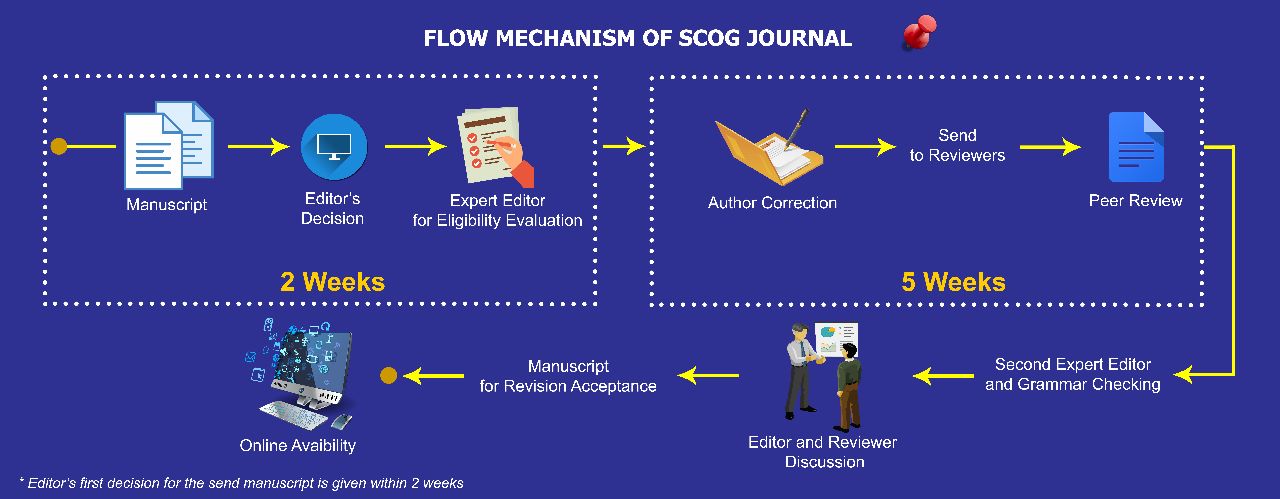Evaluation of Chemical for Sand Consolidation in Laboratory Scale
Abstract
These paper contains a highlight of laboratory experiment to evaluate the work of chemical for sand consolidation to strengthen the bonding between grains of rock while do not cause permeability reduction significantly. This experiment used reservoir rock and fluids to understand the interaction between the chemical solution and the reservoir rock and fluid. Firstly, the reservoir rock and fluid were analyzed their properties. The rock has been analyzed using CT Scan to drill the best representative core plug for the experiments, using SEM to identify the pore throat and pore geometry of the rock, using XRD to determine the minerals composition which mostly quartz. While the fluids have been analyzed for the anions and cations content, viscosity and other important properties. The brine particle content and also particle size distribution of the rock have been also over lied in the graph in order to know the possibility of bridging particle in the pore throat, but the graph looks good that no problem may arise from the bridging particle. Chemical for Sand Consolidation has been used in this experiment. Sand consolidation chemical normally contain plastic resin that has a property of bonding between solid materials. It sticks on the surface of solid materials and bonding together.
The core flooding experiments have been run for 4 times, 2 times using synthetic cores and the other two using native cores. The experiments used synthetic cores reduce the permeability significantly. However, after cutting both ends of the core the permeability has indicated improvement. The other 2 experiments using native cores have reduced the permeability approximately 4 times down. The last two experiments have no cutting the ends of core for further experiments, so they cannot be compared to the first two experiment. So, the experiment procedures must be improved for the next evaluation, such as during curing time the rate of injected oil may be increased to reduce the adsorption of chemical to the surface area of the pore and also to hinder the flocculation of chemical in the pore space.
Keywords
Full Text:
PDFReferences
Alkhamis, M., Imqam, A. & Milad, M., 2019. Evaluation of an Ultra-High Performance Epoxy Resin Sealant for Wellbore Integrity Applications. Kuala Lumpur, Malaysia, Society of Petroleum Engineers.
Aytkhozhina , D. et al., 2015. Chemical Sand Consolidation-Developing a Strategic Capability Across a Wide Portfolio. London, England, UK, Society of Petroleum Engineers.
Dewprashad, B. et al., 1997. Epoxy Resin Consolidation System Improves Worker Safety, Chemical Compatibility, and Performance. The Hague, Netherlands, Society of Petroleum Engineers.
Haavind, F. et al., 2008. Experience With Chemical Sand Consolidation as a Remedial Sand-Control Option on the Heidrun Field. Lafayette, Louisiana, USA, Society of Petroleum Engineers.
Hadi, A. N. et al., 2019. Unlocking Potential of Handil Shallow Oil Reservoir by Using Resin Sand Consolidation Technique. Bali, Indonesia, Society of Petroleum Engineers.
Magee, C., 2014. https://www.proserv.com/wp-content/uploads/2019/01/SECURE-Chemical-Sand-Consolidation-Nalco-Champion-Proserv-Production-Chemistry-20180319.pdf. [Online] Available at: https://www.proserv.com/wp-content/uploads/2019/01/SECURE-Chemical-Sand-Consolidation-Nalco-Champion-Proserv-Production-Chemistry-20180319.pdf [Accessed 27 March 2014].
Mahardhini, A. et al., 2015. Chemical Sand Consolidation as a Failed Gravel Pack Sand-Control Remediation on Handil Field, Indonesia. Budapest, Hungary, Society of Petroleum Engineers.
Reyes, R. & Sipi, A., 2018. Optimal Sand Control Design & Technique Selection: A Simplified Practical Guidance Tool. Kuala Lumpur, Malaysia, Offshore Technology Conference.
Soroush , M. et al., 2020. Challenges and Potentials for Sand Control Design and Management in Oil Reservoirs of Kazakhstan. Lafayette, Louisiana, USA, Society of Petroleum Engineers.
Sugihardjo, 2018. ASP Injectivity Analysis as Preparation for Field Implementation. Scientific Contributions Oil & Gas, April, 41(1), pp. 29-39.
Tibbles , R. et al., 2020. Understanding Sand Control Installation Failures. Lafayette, Louisiana, USA, Society of Petroleum Engineers.
DOI: https://doi.org/10.29017/SCOG.43.1.391

This work is licensed under a Creative Commons Attribution-NonCommercial-NoDerivatives 4.0 International License.






